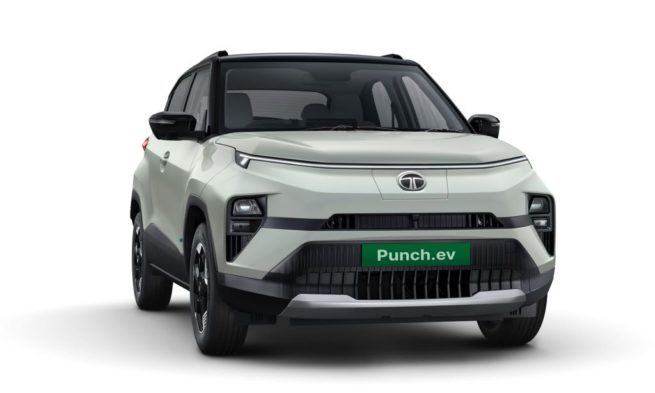Nitin Gadkari believes that subsidies on EVs are no longer needed in India
The government’s approach towards electric vehicle subsidies appears to be shifting, with Transport and Highways Minister Nitin Gadkari suggesting that subsidies for EVs may no longer be necessary. Speaking at a green mobility convention, Gadkari pointed out that the GST on EVs is significantly lower than on traditional internal combustion engine vehicles, and argued that this tax benefit should suffice to incentivise buyers.
He also emphasised that the rapidly falling costs of batteries, particularly lithium-ion batteries and ongoing technological advancements will soon make EVs competitive with ICE vehicles without the need for further financial support.
Gadkari’s remarks came just a day after H.D. Kumaraswamy, Minister for Heavy Industries, stated that the government is finalising the third phase of its flagship electric mobility adoption program. The program, known as FAME (Faster Adoption and Manufacturing of Hybrid and Electric Vehicles), aims to accelerate EV adoption through subsidies and other measures.
Despite the government’s ongoing efforts, Gadkari indicated that the time may be right to phase out subsidies, especially as battery costs have declined significantly over the past several years. He forecast that EVs could reach price parity with petrol and diesel vehicles within two years.
While the cost of batteries has decreased substantially, with projections indicating further reductions, the uptake of EVs in India has been slower than anticipated. Official data reveals that only a small percentage of two- and four-wheelers sold since 2018 have been electric models. Three-wheeler sales, particularly e-rickshaws, have also seen a notable decline in recent months.
These adoption challenges come despite the government’s ambitious target of achieving 30% EV penetration by 2030. Although the FAME scheme has been extended multiple times, and further financial support for manufacturers is being discussed, Gadkari’s stance suggests that the government may begin focusing more on the long-term economic viability of EVs, rather than direct consumer incentives.
While Gadkari is optimistic about the potential of EVs to soon become as affordable as traditional vehicles, Kumaraswamy hinted at ongoing deliberations within the government regarding the next steps for the FAME scheme. As the second phase of the program nears its conclusion, the future of EV policy in India could see a balance between market-driven growth and continued government intervention.

